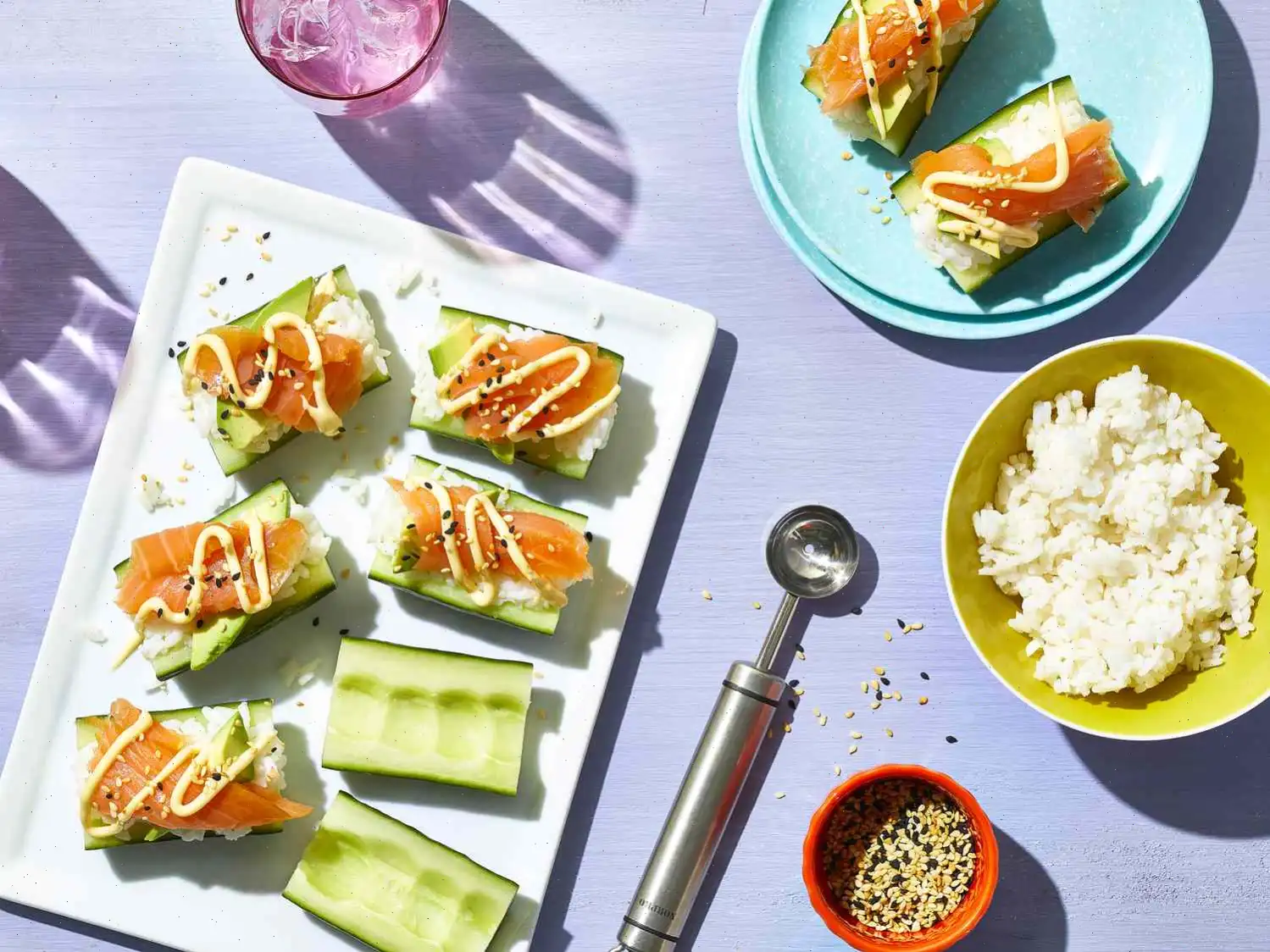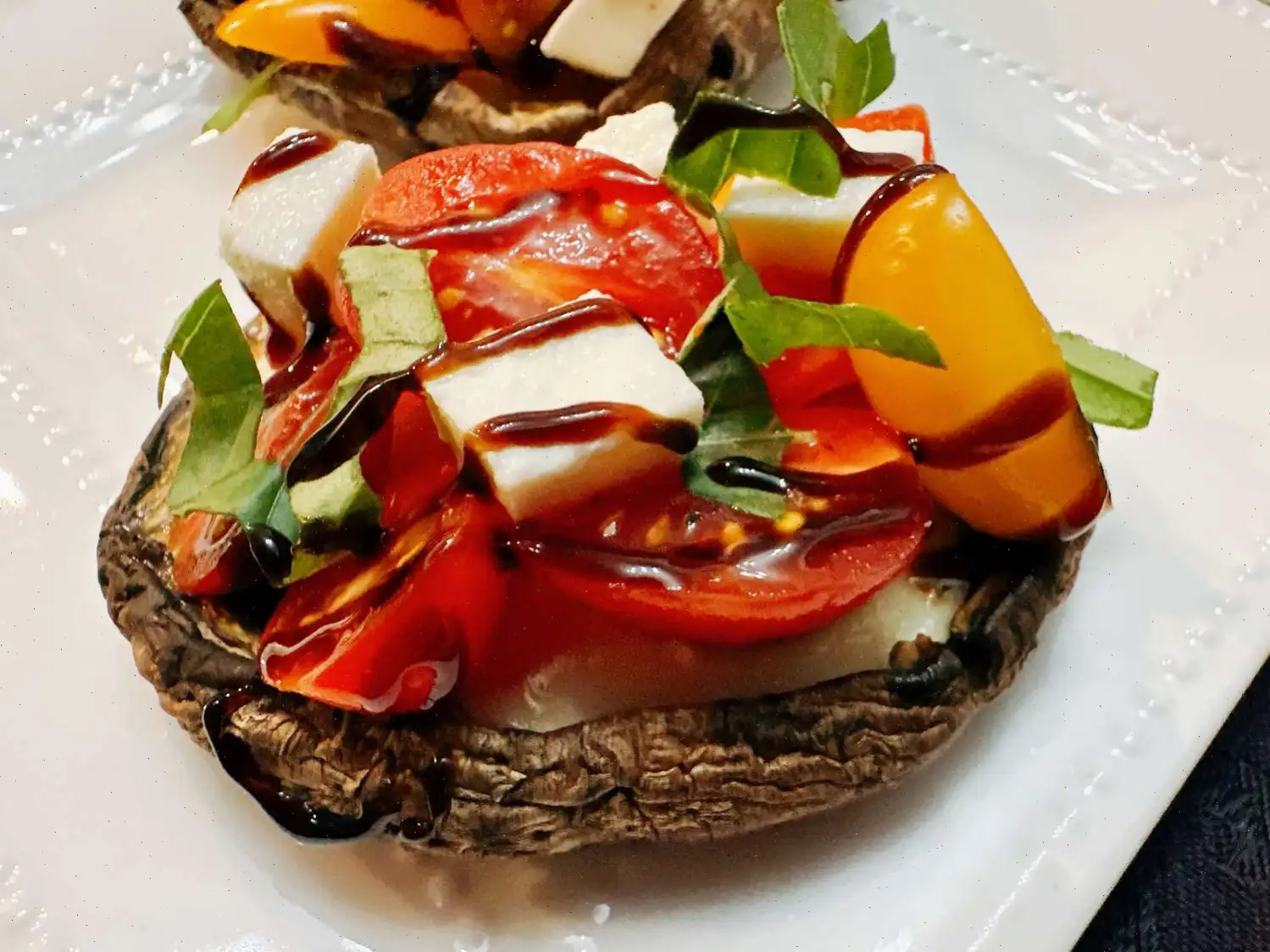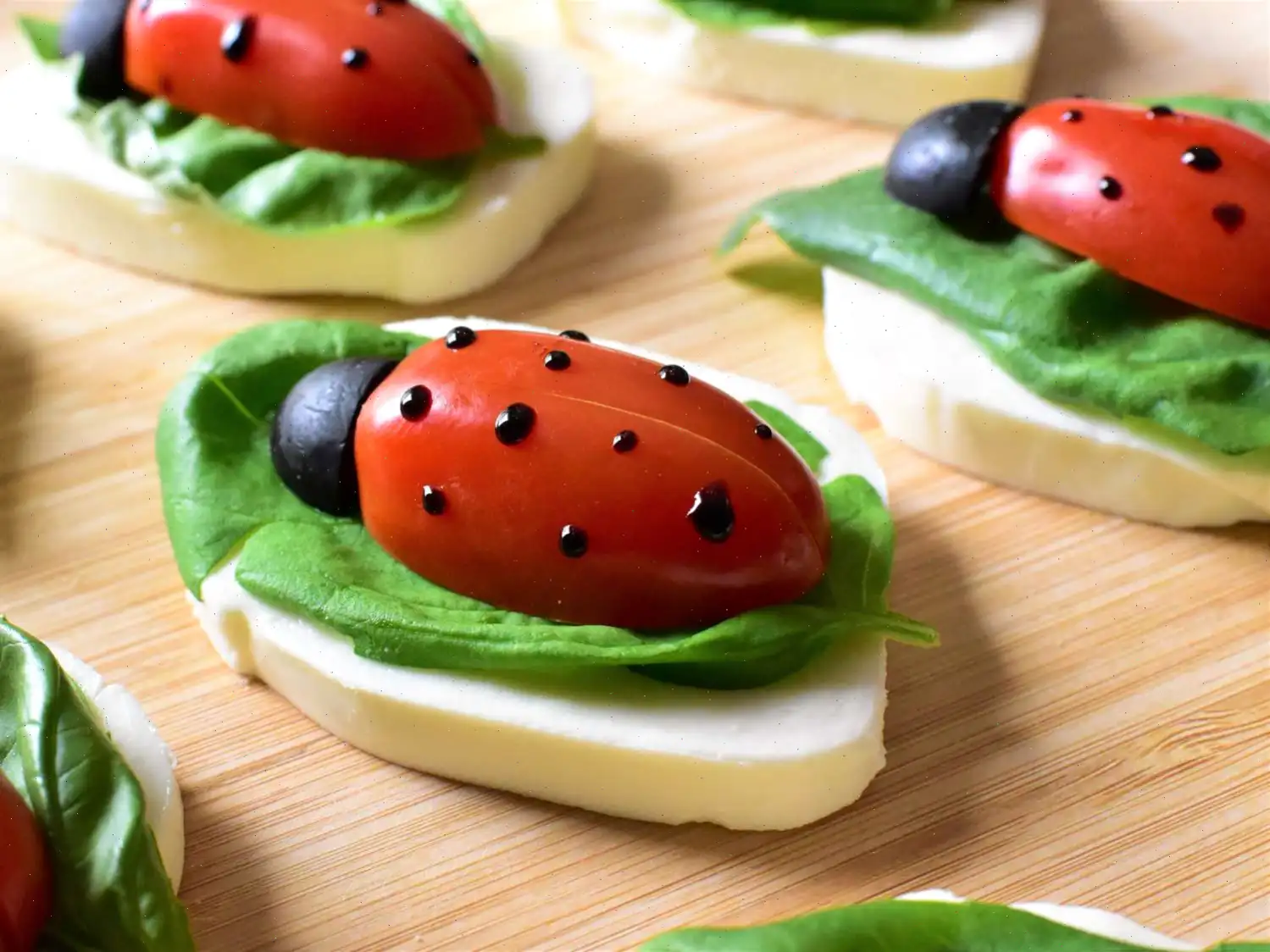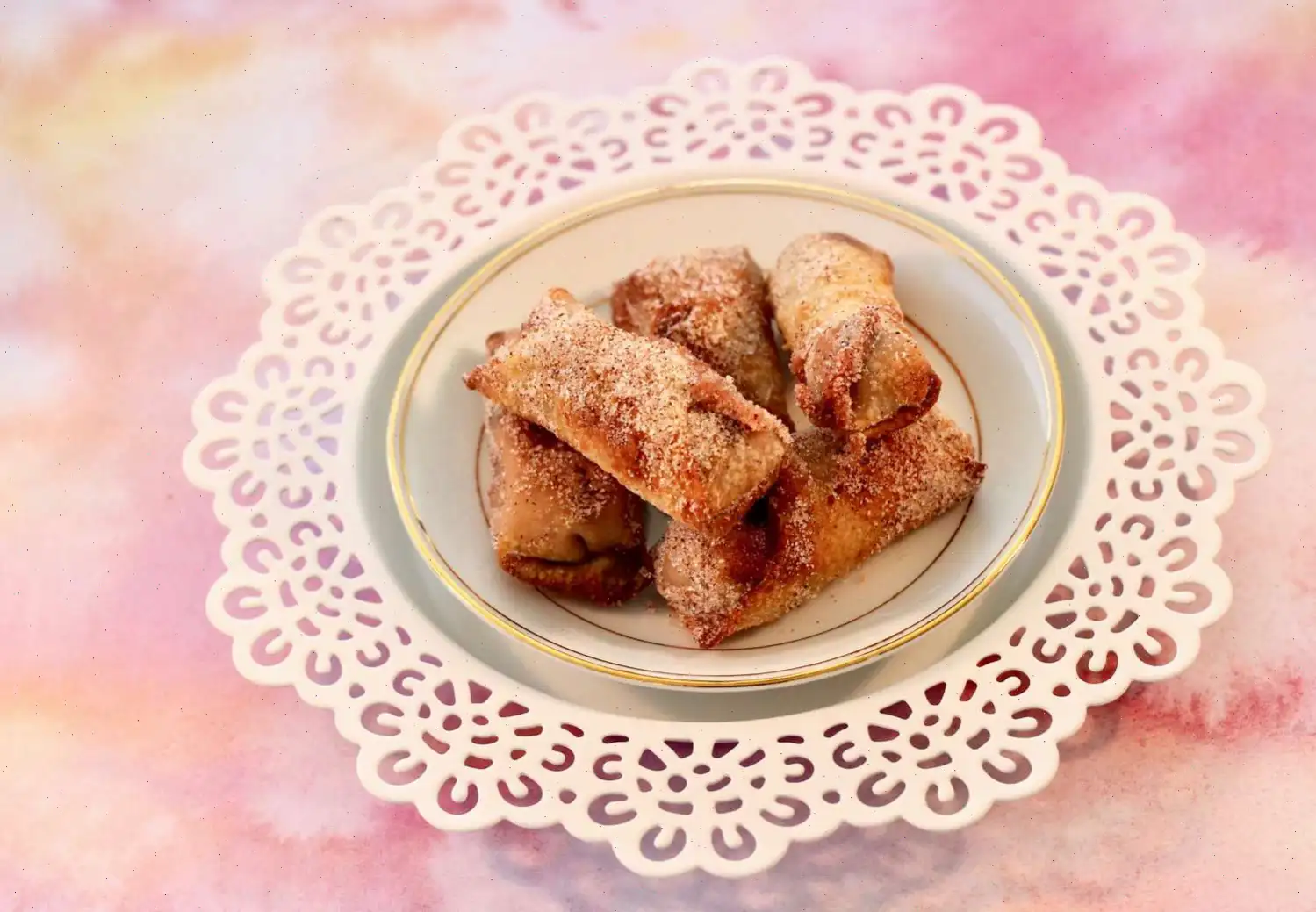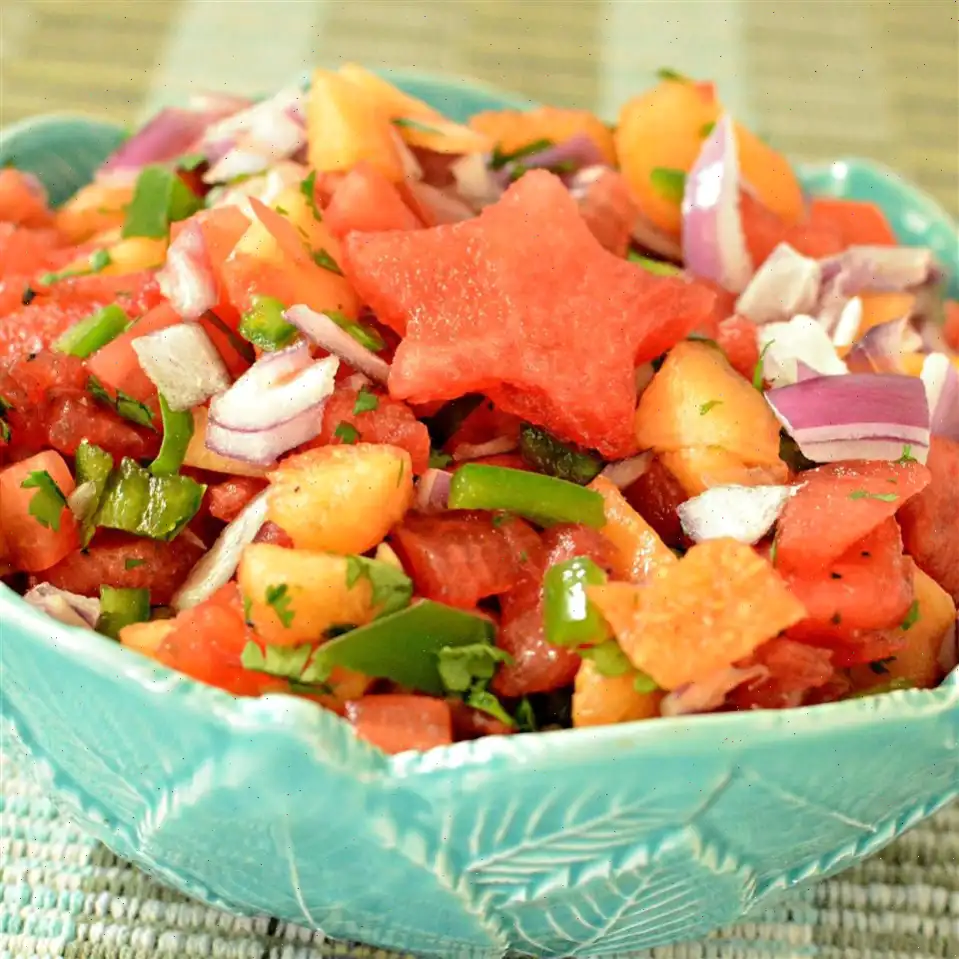
Salmon-Avocado Cucumber Sushi Boats Recipe
Ingredients:
- 1 cup uncooked sushi rice
- 1 1/4 cups water
- 3 tablespoons rice vinegar
- 2 teaspoons sugar
- 1/2 teaspoon salt
- 2 medium English cucumbers
- 1 (3-oz.) package cold-smoked salmon
- 1 avocado, thinly sliced
- 2 teaspoons black and/or white sesame seeds
- Soy sauce, furikake rice seasoning, Kewpie mayonnaise, prepared wasabi, and/or pickled ginger, for serving
Directions:
- Rinse the rice in a sieve under cold water until the water runs clear, about 1 minute.
- In a saucepan, bring the rice and water to a boil over medium-high heat. Reduce the heat to medium and simmer, covered, until the rice is tender and the water is absorbed, about 15 minutes.
- While the rice is cooking, whisk together the rice vinegar, sugar, and salt in a small bowl until the sugar and salt are fully dissolved.
- Once the rice is cooked, drizzle the vinegar mixture over the hot rice and gently fold it in to combine. Cover the rice with a damp paper towel and let it cool to room temperature, about 1 hour.
- Meanwhile, prepare the cucumbers. Halve them lengthwise and then cut each half crosswise into 4 equal pieces, creating a total of 16 pieces. Trim a thin slice from the peel side of each piece to allow them to sit flat.
- Scoop out the seeds from each cucumber piece, leaving a 1/3-inch border around the edge.
- Spoon 1 to 1 1/2 tablespoons of rice into each cucumber piece, using damp hands to press the rice down and compact it.
- Top each rice-filled cucumber piece with a slice of smoked salmon and a slice of avocado. Sprinkle with sesame seeds for added flavor and texture.
- Serve the cucumber bites with soy sauce, furikake rice seasoning, Kewpie mayonnaise, wasabi, and/or pickled ginger on the side for dipping.
Cook's Note: You can find specialty toppings like furikake or Kewpie mayonnaise in the international section of most grocery stores or at an Asian market.
Variations:
- Spicy Crab: Prepare as directed, but top the rice-packed cucumber pieces with chopped crabstick tossed in yum yum sauce. Serve as directed.
- Yellowtail-Jalapeo: Prepare as directed, topping the rice-packed cucumber pieces with thinly sliced sushi-grade yellowtail tuna, yuzu sauce, and thinly sliced jalapeos. Serve as directed.
- Shrimp and Mango: Prepare as directed, topping the rice-packed cucumber pieces with sliced fresh mango and cooked, peeled shrimp. Serve as directed.
Nutrition Facts (per serving):
- Calories: 278
- Total Fat: 17g (22% DV)
- Saturated Fat: 3g (13% DV)
- Cholesterol: 5mg (2% DV)
- Sodium: 774mg (34% DV)
- Total Carbohydrate: 27g (10% DV)
- Dietary Fiber: 7g (27% DV)
- Total Sugars: 6g
- Protein: 8g (15% DV)
- Vitamin C: 13mg (14% DV)
- Calcium: 47mg (4% DV)
- Iron: 1mg (7% DV)
- Potassium: 689mg (15% DV)
Note: Percent Daily Values are based on a 2,000 calorie diet. Your daily values may be higher or lower depending on your calorie needs.

Salmon-Avocado Cucumber Sushi Boats combine the traditional flavors of sushi with a fresh, light presentation. This recipe substitutes seaweed with cucumber, creating a low-carb and vibrant dish that's perfect for an appetizer or a light meal. But how did this unique creation come to be, and how does it differ from other sushi preparations? Let's explore the story behind this refreshing sushi boat.
History and Origin
The origins of sushi date back to ancient Japan, where it was first made as a way to preserve fish in fermented rice. However, modern sushi evolved in the Edo period (16031868) with the introduction of fresh fish atop vinegared rice, as seen in popular nigiri sushi today. The Salmon-Avocado Cucumber Sushi Boats are a contemporary innovation, often attributed to fusion cuisine, which combines traditional Japanese techniques with Western ingredients. Avocado, for instance, became a popular sushi topping in the late 20th century, particularly in California rolls, a hallmark of Americanized sushi.
Regional Features
In Japan, sushi is traditionally made using vinegared rice, raw fish, and sometimes vegetables, all wrapped in seaweed. However, cucumber sushi boats, which substitute cucumber for nori (seaweed), reflect a more Western adaptation. This dish can often be found in countries where sushi has been integrated into local food cultures, such as the United States, where cucumber, avocado, and smoked salmon are more readily available. The use of cucumbers as "boats" for sushi rice adds a refreshing and crunchy texture that complements the creamy avocado and savory salmon.
What Makes it Different?
While there are many sushi variations, the Salmon-Avocado Cucumber Sushi Boats stand out in several ways. Unlike traditional sushi rolls or nigiri, this dish uses cucumber as a vessel instead of seaweed or rice balls. This unique presentation gives the dish a lighter, fresher feel. The addition of smoked salmon, often associated with bagels in Western cuisine, adds a smoky flavor that differs from the typical raw fish found in traditional sushi. Moreover, the incorporation of avocado brings a creamy texture that balances out the dish's freshness, making it more accessible to a wider range of palates.
Where It's Usually Served
Salmon-Avocado Cucumber Sushi Boats are often found in modern sushi restaurants that focus on fusion or contemporary Japanese cuisine. They are typically served as appetizers or small plates in upscale dining establishments. In recent years, this type of sushi has become popular at health-conscious cafes and restaurants that offer lighter, gluten-free, or low-carb options. These sushi boats also make a great party dish due to their fun, bite-sized presentation.
Interesting Facts
- The concept of sushi "boats" can be traced back to Japan, where the dish is often served during festivals or as a communal meal in a large boat-shaped container.
- Avocado, a key ingredient in this recipe, is not native to Japan but has been embraced in sushi due to its creamy texture and health benefits, including high levels of healthy fats and fiber.
- In Japanese culture, the use of smoked fish, like the salmon in this recipe, is not traditional in sushi. Raw fish is more commonly used, but the smoky flavor has gained popularity in fusion recipes worldwide.
- Serving sushi on a cucumber base instead of rice or seaweed is a creative way to reduce carbs and make the dish lighter, appealing to those on low-carb diets.
FAQ about Salmon-Avocado Cucumber Sushi Boats Recipe
Comments
Virginia Edwards
05/27/2025 02:03:04 AM
Delicious just as it is written. I wouldn't make any changes.


